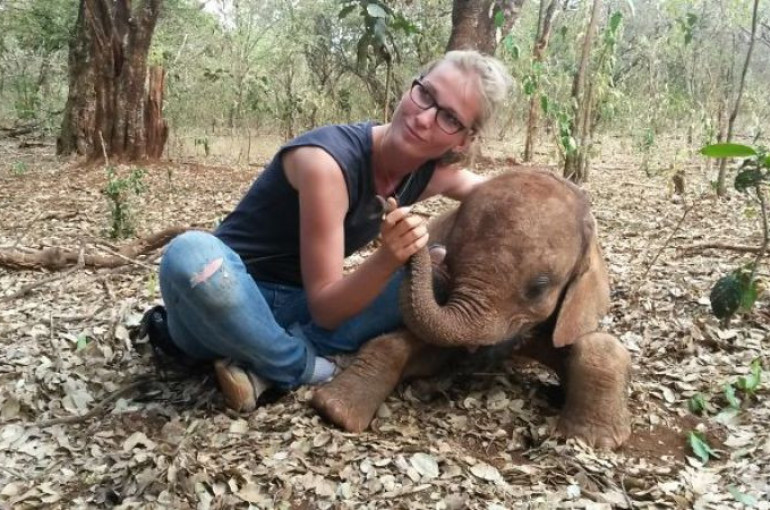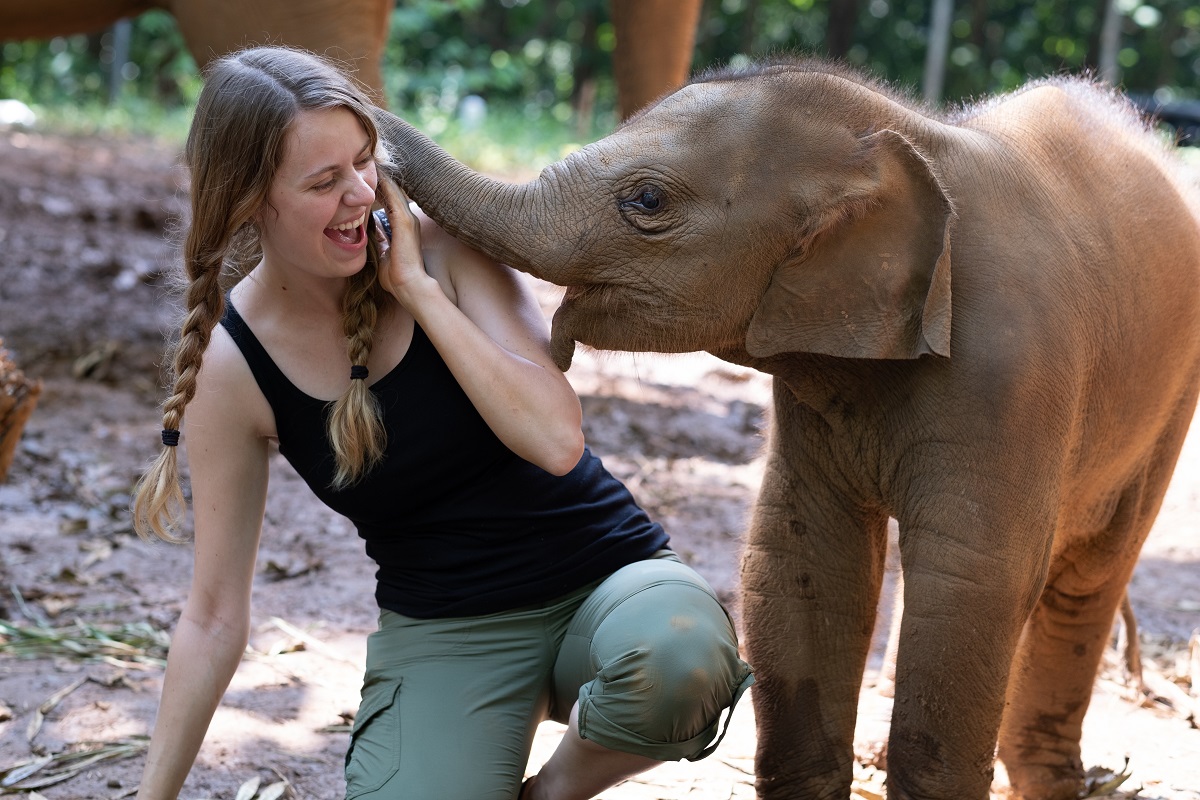In the intricate dance between humanity and the natural world, few connections are as profound and enduring as the bond between humans and elephants. The synergy between these two species, marked by a delicate balance of conservation efforts and mutual understanding, stands as a testament to the possibilities of coexistence in a world where harmony with nature is paramount.

Conservation, the cornerstone of preserving biodiversity and ecosystems, finds a remarkable expression in the endaors to protect and sustain elephant populations. As these majestic creatures navigate their habitats, humans have increasingly recognized the need for concerted efforts to safeguard their well-being. Conservation initiatives range from the establishment of protected areas and wildlife corridors to community-based projects that emphasize the importance of preserving the habitats that elephants call home.

At the heart of successful conservation lies a deeper understanding of the intricate social structures within elephant communities. These highly intelligent beings, known for their empathy and complex social bonds, form familial units that closely mirror human relationships. Researchers and conservationists have delved into the nuances of elephant communication, recognizing the importance of nurturing these social ties for the well-being of both individuals and the broader population.

The convergence of conservation efforts and a growing appreciation for the emotional and cognitive capacities of elephants has paved the way for unique collaborations between humans and these gentle giants. Sanctuaries and rehabilitation centers provide a haven for elephants rescued from various challenges, including poaching and habitat loss. Here, dedicated caretakers work hand in trun
k with the elephants, fostering an environment of trust, respect, and companionship.

The concept of ethical elephant tourism has also emerged as a means to facilitate positive interactions between humans and elephants while promoting responsible and sustainable practices. Sanctuaries that prioritize the well-being and natural behaviors of elephants offer visitors the opportunity to observe and connect with these remarkable creatures in a way that respects their autonomy and dignity.
In regions where humans and elephants share landscapes, efforts to mitigate conflicts have become paramount. Collaborative approaches, such as the use of innovative technology and community-driven initiatives, seek to minimize negative interactions between elephants and local communities. By fostering coexistence, these initiatives aim to reduce incidents of human-wildlife conflict and promote a harmonious relationship that benefits both species.
The enduring relationship between humans and elephants serves as a beacon of hope for the future of conservation and coexistence. As awareness grows and appreciation deepens for the intrinsic value of these remarkable beings, the prospect of a world where humans and elephants thrive together becomes increasingly tangible. The delicate dance of conservation and harmony, guided by respect for nature and the understanding of interconnectedness, charts a course toward a future where the bonds between humans and elephants endure for generations to come.



